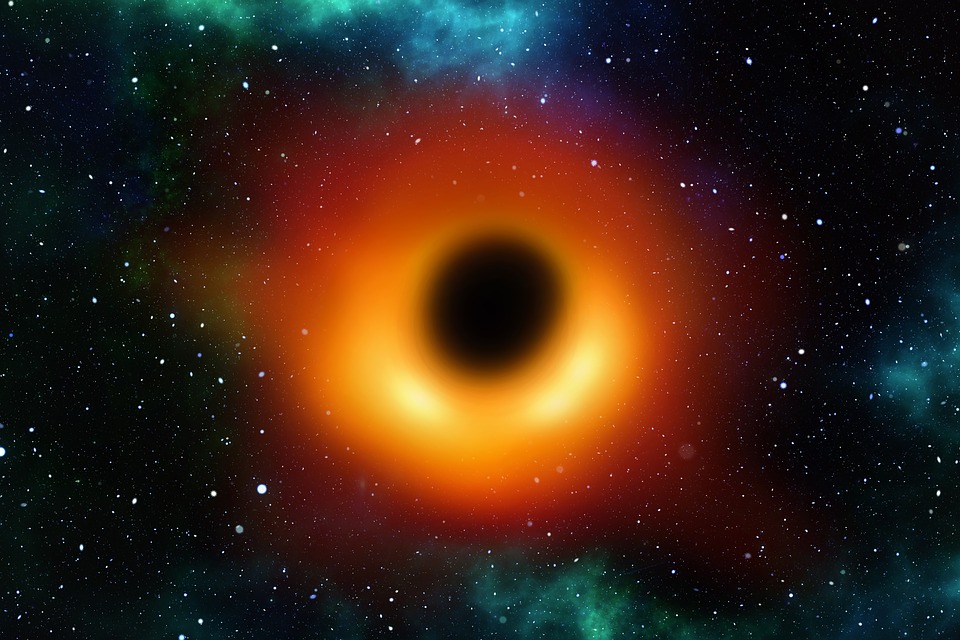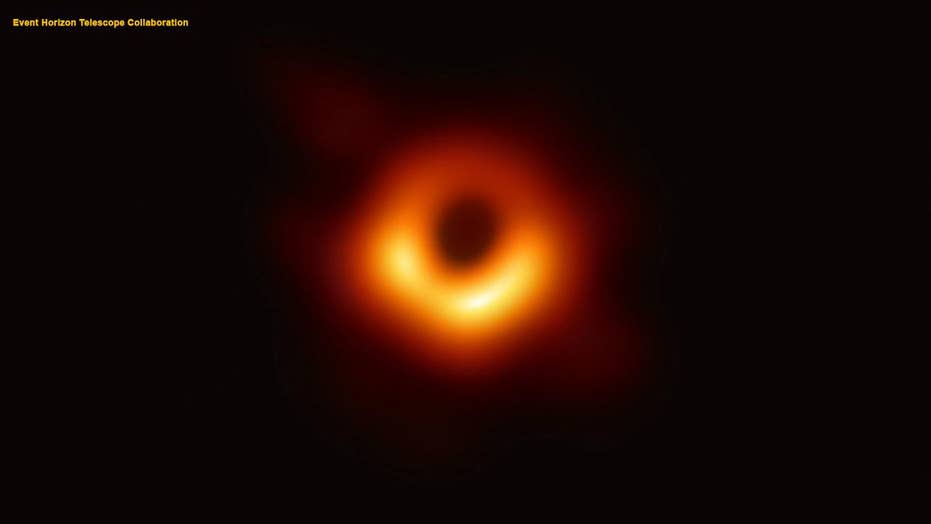

It works by expanding the available distance between individual radio telescopes to beyond what the Earth's surface could provide.

Their concept is called the Event Horizon Imager. In 2019, astronomers at Radboud University in the Netherlands said they, the European Space Agency and others would eventually like to place two to three satellites in orbit around our planet.

While the EHT has produced stunning black hole imagery from the ground, the next generation of such work could be produced in space. (Image credit: NASA’s Goddard Space Flight Center/Jeremy Schnittman) By combining all of these different approaches, we were able to precisely characterize the properties of the ring." Prev of 10 Next Prev of 10 Next "This procedure is very similar to what we did to make the images. "Here, we're fitting for the average image structure, along with an extra source of variability noise that's sitting on top of that average," Johnson said. The second model sought to fit all the data in at the same time. This was combined into a single, averaged-out model. The first was to divide the data by time and to fit them to snapshots of the black hole in action, to make sure the measurements weren't "contaminated" by variability in its environment. There were two ways they worked with the models. "It gives us a different perspective, and it lets us understand the systematic biases of both methods because these simple models are easier to constrain with very limited data." "This is a different approach than imaging," Johnson said. They also developed more simplified models "that we can fit directly to the EHT data," Harvard and Smithsonian astrophysicist Michael Johnson told reporters after the black hole's imaging was announced on May 12, 2022. To understand the bizarre physics of the environment of Sgr A*, the imaging team used tools and models to measure the properties that were observed. "We were stunned by how well the size of the ring agreed with predictions from Einstein's Theory of General Relativity," said EHT Project Scientist Geoffrey Bower, from the Institute of Astronomy and Astrophysics at the Academia Sinica in Taipei.(Image credit: Ben Prather/EHT Theory Working Group/Chi-Kwan Chan)
FIRST IMAGE OF A BLACK HOLE SERIES
The researchers announced the news Thursday morning at the National Press Club in Washington, D.C., but it was simultaneously released around the world, in a series of news conferences held in Mexico City, Shanghai, Tokyo, and other cities. "Although we cannot see the black hole itself, because it is completely dark, glowing gas around it reveals a telltale signature: a dark central region (called a 'shadow') surrounded by a bright ring-like structure," the EHT team said in its announcement. To obtain the image, scientists used observations from April 2017, when all eight observatories were pointed at the black hole. More than 300 researchers collaborated on the effort to capture the image, compiling information from radio observatories around the world. It took several years to refine our image and confirm what we had, but we prevailed." "What made it extra challenging was the dynamic environment of Sgr A*, a source that burbled then gurgled as we looked at it," Özel said, "and the challenges of looking not only through our own atmosphere, but also through the gas clouds in the disk of our galaxy towards the center.


 0 kommentar(er)
0 kommentar(er)
